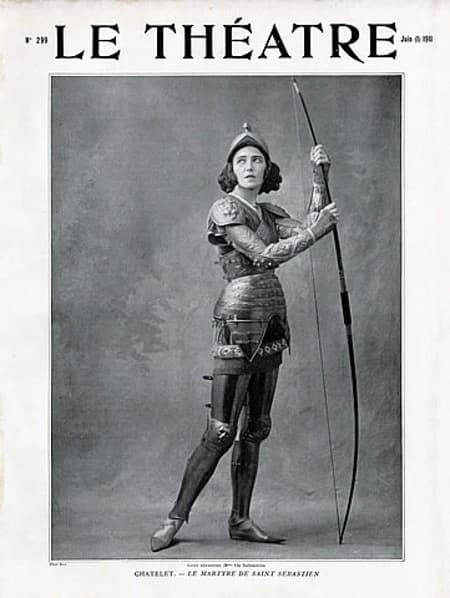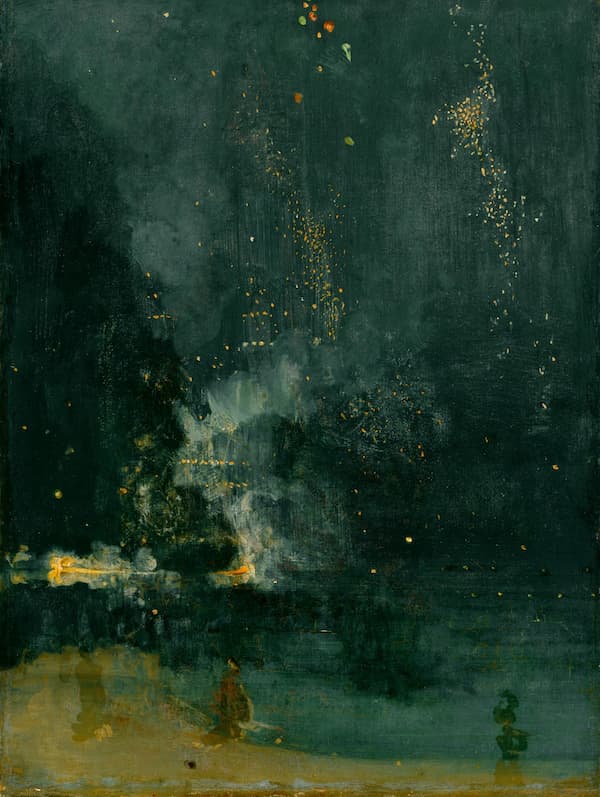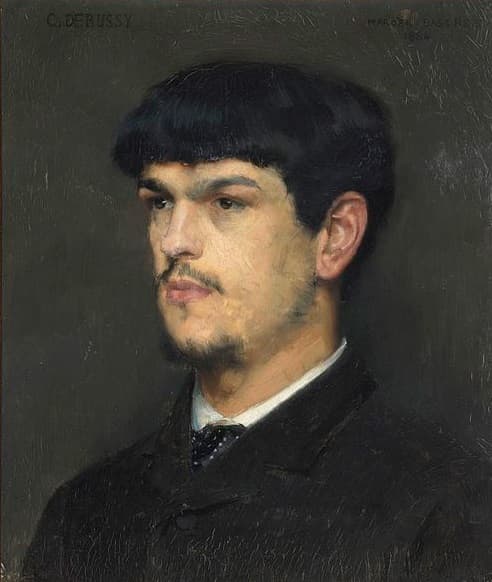With its full title, La mer, trois esquisses symphoniques pour orchestre (The sea, three symphonic sketches for orchestra), we can understand what Claude Debussy (1862–1918) was trying to show in his 1905 orchestral work. I. De l’aube à midi sur
Debussy
With his masterworks La Mer and Prélude à l’après-midi d’un faune, Claude Debussy reshaped the landscape of orchestral music by emphasising atmosphere, colour, and subtle harmonic explorations. Yet surprisingly, his orchestral catalogue contains a lesser-known work that has eluded widespread
Inspirations Behind Claude Debussy’s Nocturnes Called by one critic ‘America’s first great master of the night’, James McNeill Whistler (1834–1903) started his series of night views with paintings of the River Thames around 1870. He used the word ‘nocturne’ to
Warning: Opinions Ahead, Proceed with Care! Music is often hailed as a universal language, capable of transcending borders and expressing emotions that words alone often fail to capture. However, within its vast repertoire lies a sharper edge: the tradition of
Here comes a real treat for all piano lovers! Let’s dive into the magical world of Claude Debussy, the genius composer who turned notes into pure poetry. His piano music weaves a spell of shimmering colours and fluid textures, turning
The word “sad” covers a lot of emotional ground. It can mean anything from melancholy to outright misery. Composer Claude Debussy was a master at portraying different gradations of emotions, including feelings of contradiction or ambiguity. Today we’re looking at
Claude Debussy is one of the most beloved composers in the classical music canon. Several qualities make his work especially unique: Use of colour and texture. Debussy was a master at using unusual combinations of instruments to create unique sounds.
Arguably, the person who composer Claude Debussy loved most in the world was his daughter, Claude-Emma. Father and daughter were extremely close and extremely like each other. Claude was inspired by fatherhood to write several of his most famous works,







